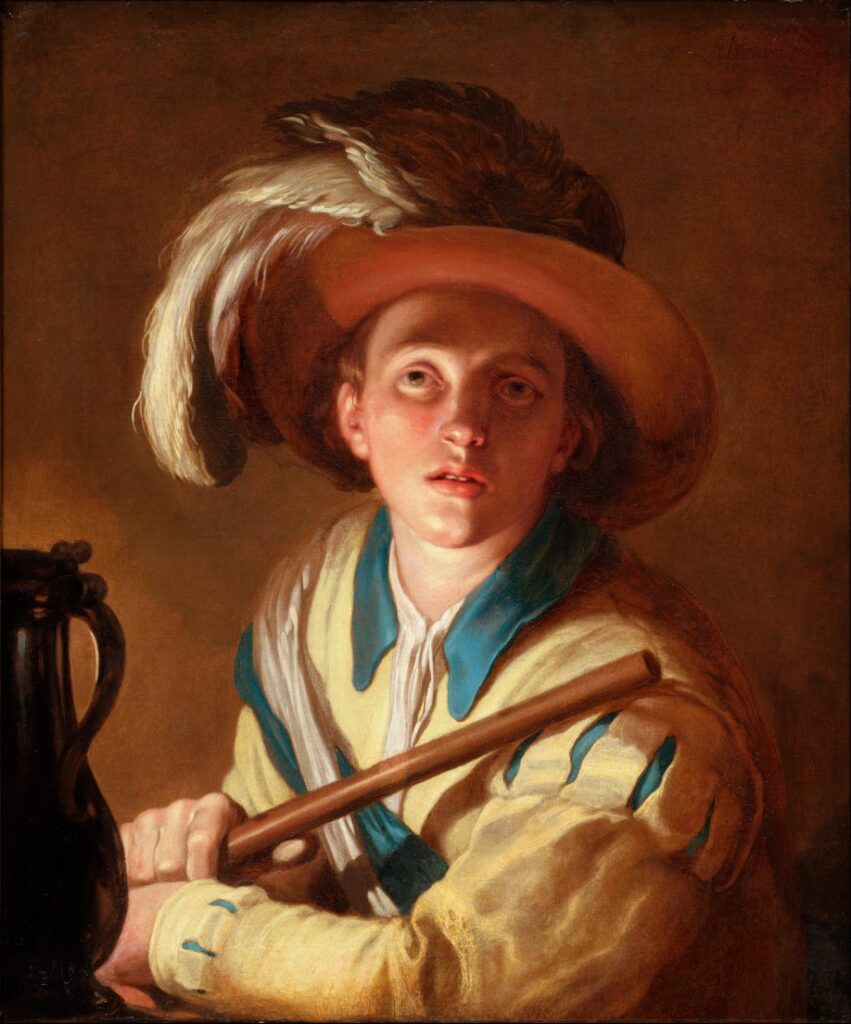Inserting some drama

This cantata was first composed in Weimar in 1716, in a shorter version now catalogued as BWV 70a. It was later augmented and repurposed for a different Sunday of the liturgical year in Leipzig, where it saw two performances, in 1723 and 1731. The reason this was possible is that the readings for both Sundays […]
The “Bach school”

A few weeks ago, we listened to the Sonata for violin and basso continuo in G major, BWV 1021, and noted its similarity with the Trio Sonata for flute, violin and basso continuo in G major, BWV 1038. There seems to be quite a bit of controversy around whether the latter is by Bach himself, […]
I will make you strong

Traditionally, this double choir funeral motet was believed to have been written in connection with a funeral service in Leipzig, in 1726. The original score hasn’t survived, making its accurate dating impossible. However, recent research tends to date it much earlier, possibly from Bach’s years in Weimar. The occasion was still most certainly a funeral, […]